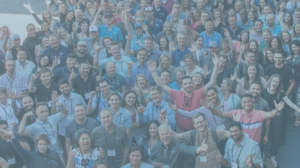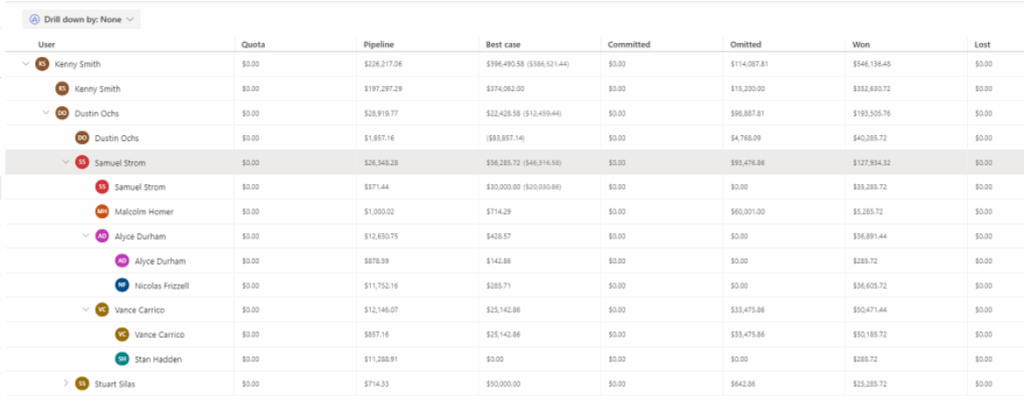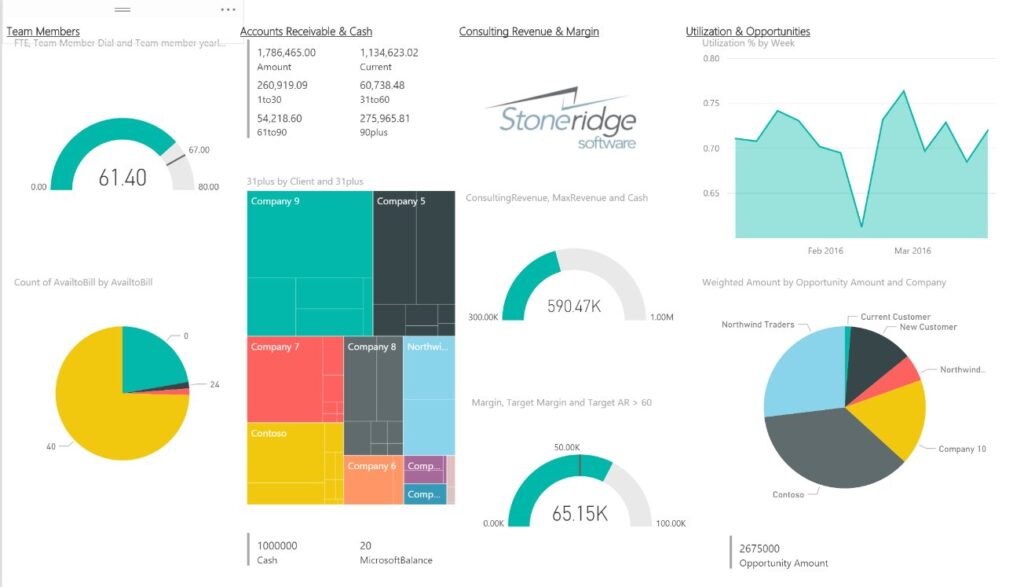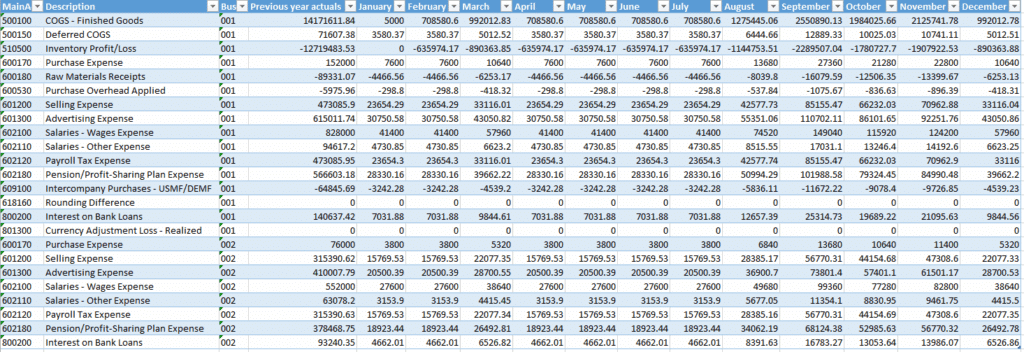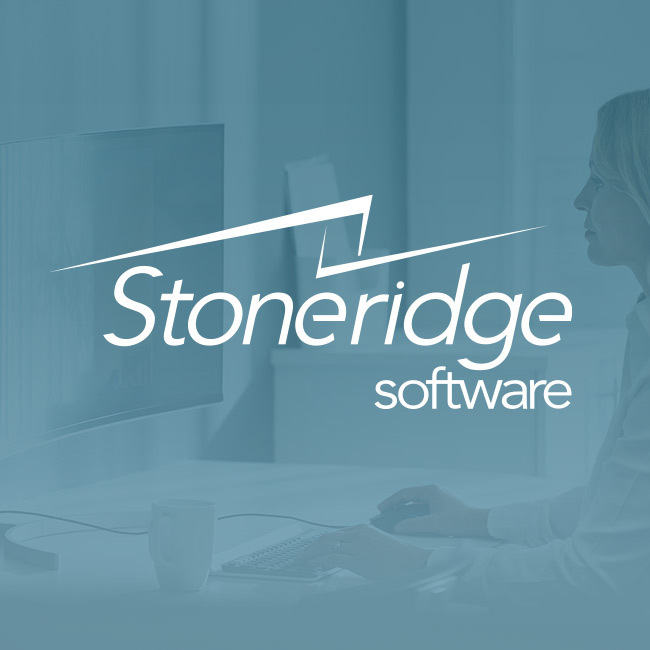Beyond the Numbers: Smarter Budgeting and Forecasting for 2026
Budgeting and forecasting can feel like an annual “check-the-box” exercise, but the truth is, these should be some of the most strategic conversations you have all year.
When you treat budgeting as a way to simply balance revenue and expenses, you miss the opportunity for planning growth, aligning priorities, and building resilience.
As CFO, and through my work on the Association of International Certified Professional Accountants (AICPA) Board of Directors, I’ve seen how the role of finance leaders is evolving across the globe. We’re no longer just reporting the numbers, we’re helping guide strategy. And that’s exactly how I’d encourage you to think about budgeting and forecasting for the year ahead.
From Exercise to Strategy: How to Budget and Forecast
Too often, budgets are built in spreadsheets with a backward-looking mindset. Instead, think of the process as answering these questions:
- Where do we want to grow? Budgeting is an opportunity to put real numbers behind your goals.
- What resources will it take? Staffing, supply chain, technology - every operational decision has a financial impact.
- How do we validate our plan? This is where forecasting comes in, giving you confidence that your targets are achievable.
In my experience, as much as 90% of key business decisions are made during budget season — from how we staff, to how we grow, to where we invest. That’s why I encourage clients to view budgeting as a strategic exercise, not a financial chore. When you start with strategy, the budget becomes more than a set of numbers, it becomes the playbook for your business.
Empowering Your Team with Financial Visibility
Budgeting shouldn’t live solely in finance. Every leader in your business should “know their inputs,” essentially the metrics that directly influence your revenue and expenses. Empowering department leaders with financial visibility fosters accountability and makes targets more achievable.
Practical ways to do this include:
- Setting up recurring reviews that focus on forward-looking recommendations, not just historical results
- Using visual tools like dashboards to translate financials into a story leaders can act on
- Pairing financial conversations with margin or profitability analysis so decisions are made with impact in mind
Moving from Manual to Meaningful with Microsoft
In my own journey as a finance leader, I’ve seen how powerful it is to move from static spreadsheets to dynamic, operationally driven insights. At Stoneridge, we’ve made this shift ourselves — bringing together data from across the business and using tools that give us faster, more accurate, and more actionable forecasts.
The good news is you don’t have to overhaul everything to get started. Microsoft’s ecosystem offers practical, scalable ways to elevate your budgeting and forecasting process:
- Dynamics 365 Finance & Supply Chain: Forecast using real-time data from operations, projects, or supply chain to create more accurate projections
- Customer Engagement & CRM: Dynamics 365 Sales pipeline insights can strengthen your revenue forecasts and uncover risks earlier
- Power BI: Us this powerful tool to consolidate inputs across departments, visualize trends, and drill down into customer- or product-level insights
- Excel + Integration: Keep the familiarity of Excel while maintaining strong data governance and a single source of truth
- Copilot in Microsoft 365 and Dynamics 365: Automate repetitive tasks, draft budget frameworks, surface anomalies, and help leaders collaborate across departments
If you're considering Copilot for your finance team, start by identifying key workflows -budget creation, forecast updates, variance analysis, and explore how Copilot can automate or enhance them. In addition, exploring tools like custom-built agents can provide solutions tailored to your specific needs.
These tools transform the budgeting cycle from a manual, time-consuming process into a strategic one that drives better decision-making.
Budgeting for Impact
As you look ahead, challenge yourself and your team to view budgeting as more than financial housekeeping. Done right, it becomes a leadership exercise: one that aligns your goals, validates your strategies, and equips you to adjust with agility.
And remember: the numbers are important, but the real value comes from the conversations and decisions behind them. Use your systems, bring your leaders into the process, and make 2026 the year your budget tells the story of where you want to go, not just where you’ve been.
Want to Streamline Your Budgeting and Forecasting Processes with Microsoft Tools?
Talk to the Stoneridge team today! Our experts can help you implement and optimize these tools to streamline budgeting and forecasting so you can focus less on data wrangling and spreadsheet building and more on making smart decisions based on automated reports.
Under the terms of this license, you are authorized to share and redistribute the content across various mediums, subject to adherence to the specified conditions: you must provide proper attribution to Stoneridge as the original creator in a manner that does not imply their endorsement of your use, the material is to be utilized solely for non-commercial purposes, and alterations, modifications, or derivative works based on the original material are strictly prohibited.
Responsibility rests with the licensee to ensure that their use of the material does not violate any other rights.


